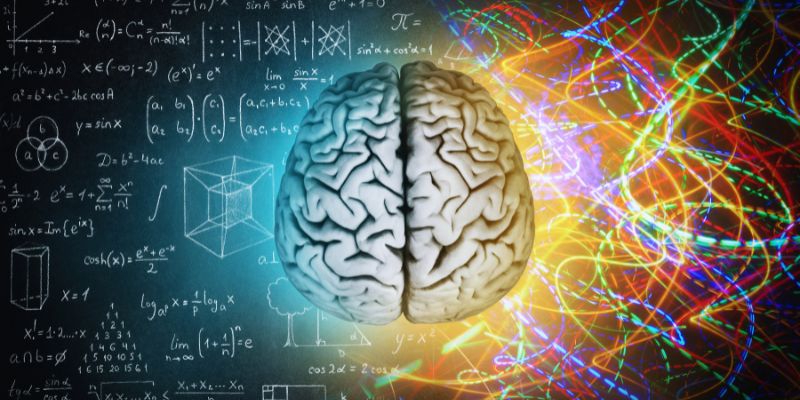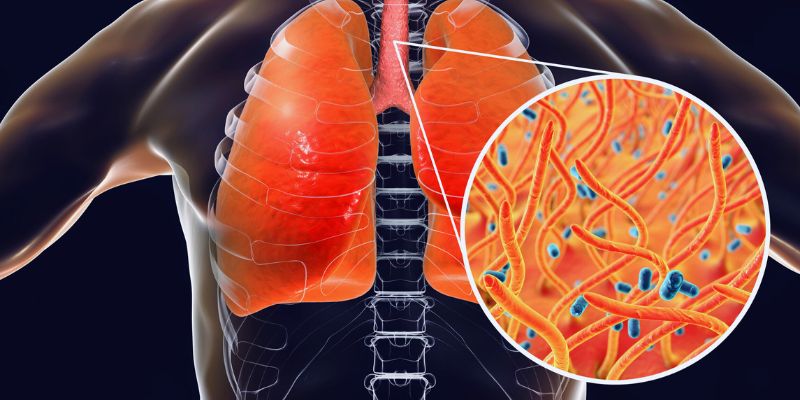Unconscious or Subconscious: Exploring the Depths of the Human Mind
The human mind is a wonderful and sophisticated construction. Most of its actions go unnoticed. In psychology, two important concepts are the unconscious and subconscious mind. Though they are often used interchangeably, these words have different meanings. Knowing their differences will enable us to solve mental riddles and raise our consciousness.
The unconscious mind comprises deep processes we cannot readily reach. It defines dreams, memories, and impulses. However, the subconscious shapes behavior and patterns and operates under the surface level. Both are rather important in daily life. From emotional reactions to habitual behavior, these underlying layers direct us. Their meanings, purposes, and relevance are investigated in this article. It also shows their variances and how they affect humans.

What is the Unconscious Mind?
Part of the psyche outside of our awareness is the unconscious mind. Acting silently but impacting ideas, feelings, and behavior, it holds suppressed memories, impulses, and wants. Renowned psychotherapist Sigmund Freud first proposed this idea and stressed its major influence on conduct. Processing knowledge without awareness, this side of the brain stores taught behaviors, unresolved trauma, and early memories. Many times, these unseen factors influence choices and responses without our knowledge.
For example, a fear of public speaking could result from a humiliating event buried in the early years. Though gone, the memory shapes conduct even now. Moreover, the unconscious mind is involved in creating dreams and symbolism. Many psychologists feel that dreams provide a portal to latent conflicts or aspirations. Understanding them can help us to gain an important understanding of the lowest levels of our psyche.
What is the Subconscious Mind?
Operating slightly below conscious consciousness, the subconscious links conscious and unconscious minds. Unlike the unconscious, we can sometimes deliberately access the subconscious. This area of the mind controls natural habits and actions. For example, after practice, driving becomes a subconscious activity. Once under control, motions like shifting gears or steering happen without conscious awareness. The subconscious also retains attitudes, beliefs, and repeated ideas.
Positive or negative, these inner messages, positive or negative, affect confidence and mental health over time. Positive words can build resilience and development; negative self-talk can lower self-esteem. Using mindfulness and meditation helps us to reach the subconscious and become aware of fundamental tendencies. This link enables us to alter deliberately. By substituting empowering ideas for limiting ideas, affirmations, for instance, assist in reprogramming the subconscious.
How Do the Unconscious and Subconscious Differ?
Though separate elements of the mind, the unconscious and subconscious, are intimately intertwined, each operates on different levels and has diverse functions; each influences our ideas and actions differently. The unconscious mind is unreachable completely. It silently, outside our awareness, shapes our behavior without our knowledge. Deep-seated memories, instincts, and suppressed needs are stored in this mind area. It forms feelings, fuels natural responses, and creates dreams.
Conversely, the subconscious mind resides somewhat below the surface of awareness. Sometimes, one can access it with awareness and effort. It serves as a storehouse of habits, automatic behavior, and repeated ideas. For instance, the subconscious stores learned skills like riding a bike. Behaving-wise, the unconscious mind generates dream symbolism, automatic reactions, and emotional triggers. The subconscious, meantime, helps shape self-beliefs, guide choices, and control daily behaviors. Knowing these variations enables us to value how these secret layers of the mind cooperate to affect our lives.

How Do These Minds Shape Behavior?
The unconscious and subconscious also shape human behavior. They usually affect decisions, behavior, and emotional reactions discreetly, without our knowledge.
- Automatic Reactions: The unconscious mind drives natural responses. For example, you quickly draw your hand away from a hot surface. This reaction happens without awareness to guarantee your safety in dire circumstances. Deeply rooted in the unconscious, such automatic actions function as survival strategies.
- Emotional Triggers: Unresolved events kept in the unconscious might trigger strong emotions. A traumatic occurrence from childhood, for instance, can cause anxiety under like conditions later in life. Buried memories and unsolved issues the unconscious mind carries help to shape these emotional reactions.
- Habits and Routines: The subconscious mind controls daily patterns and behaviors. Actions performed over time, like brushing your teeth or tying your shoes, grow naturally. The subconscious stores these actions, letting the conscious mind concentrate on more difficult tasks.
- Beliefs and Self-Image: Furthermore, unconscious beliefs influence people's perspectives. Stored in the subconscious, negative ideas or self-talk can erode confidence and impede development. On the other hand, consistent, encouraging messages and positive affirmations help to boost self-esteem and inspire personal development.
Can We Control the Unconscious and Subconscious?
Since the unconscious mind runs outside of conscious consciousness, learning to control it is challenging. It keeps memories, impulses, and wants we cannot directly reach. However, some methods can expose their underlying trends.
For instance, dream analysis might help one understand hidden ideas and aspirations. Another approach where a qualified practitioner helps discover and deal with latent effects kept in the unconscious mind is therapy, especially psychoanalysis. These useful techniques help one interact with the subconscious:
- Meditation: One great approach for uncovering mental relaxation and subconscious thought is meditation. Regular meditation allows us to recognize underlying patterns and raises self-awareness, enabling us to make significant changes.
- Affirmations: Daily repeating positive affirmations can promote rewiring of the subconscious mind. Positive words and attitudes progressively replace old, negative ideas and attitudes.
- Visualization: Visualizing is mentally seeing desired results. It wakes the subconscious and helps one match actions and ideas with objectives and aspirations.
- Mindfulness: Mindfulness enables one to spot automatic behaviors and routines. Being present and conscious of these behaviors helps us to substitute better, more constructive habits for destructive ones.
Conclusion:
Knowing the unconscious and subconscious brains helps one to have an insightful analysis of human behavior. The subconscious is more easily reachable and shapes behavior and beliefs, whereas the unconscious carries deep-rooted memories and impulses outside of conscious grasp. Techniques including meditation, affirmations, visualizing, and awareness enable us to access the subconscious and affect significant transformations. Though entirely regulating the unconscious is still challenging, techniques like dream analysis and therapy can expose latent influences. Investigating these mental layers helps us to develop personally, enhance emotional well-being, and lead a more deliberate and mindful life.












